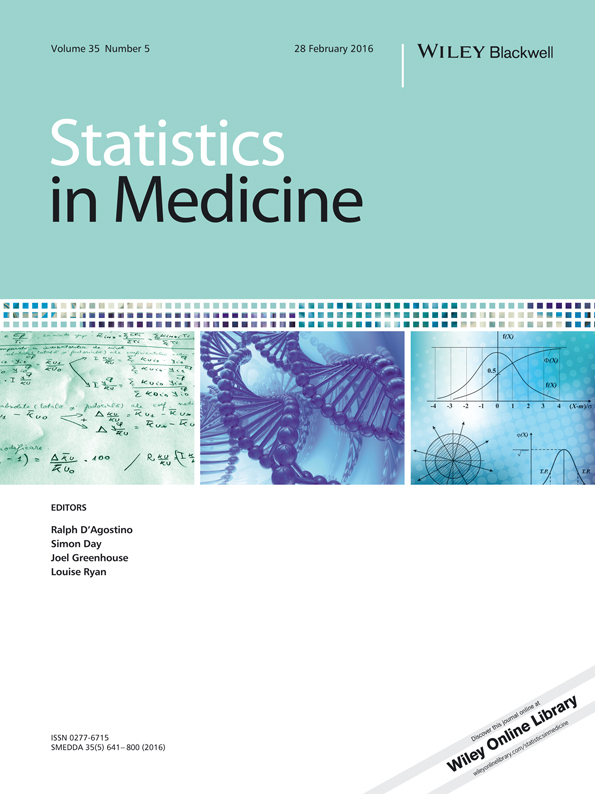Evaluation of local treatment effect by borrowing information from similar countries in multi-regional clinical trials
Abstract
One key objective of a multi-regional clinical trial (MRCT) is to quantify country-specific treatment effects to support local registration. Naïve estimate of the treatment effects based on country-specific subsets of data are inefficient because of relatively sparse country-specific sample sizes, even in large MRCTs, and subject to many limitations. The recently developed shrinkage estimate approach improves efficiency by incorporating data from other countries but treating all other countries equally, thus ignoring similarity to the country of interest. Ideally, for the estimation of treatment effect in a country of interest, it is more efficient to use all relevant data such as that from countries that are similar to the one of interest. We propose a tree-based approach to incorporate similarity, with branches or forks used to represent the relationship of treatment effects between countries. Similarity in certain characteristics among countries in either continuous scale or categorical scale is used to build the tree. By allowing local treatment effects for countries to be random effects and follow a Gaussian process along the tree, we demonstrate that countries sharing the same internal parent nodes are more correlated and a country borrows more information from the neighbors sharing the same parent node. We illustrated this statistical framework using a MRCT with a continuous endpoint. Copyright © 2015 John Wiley & Sons, Ltd.




